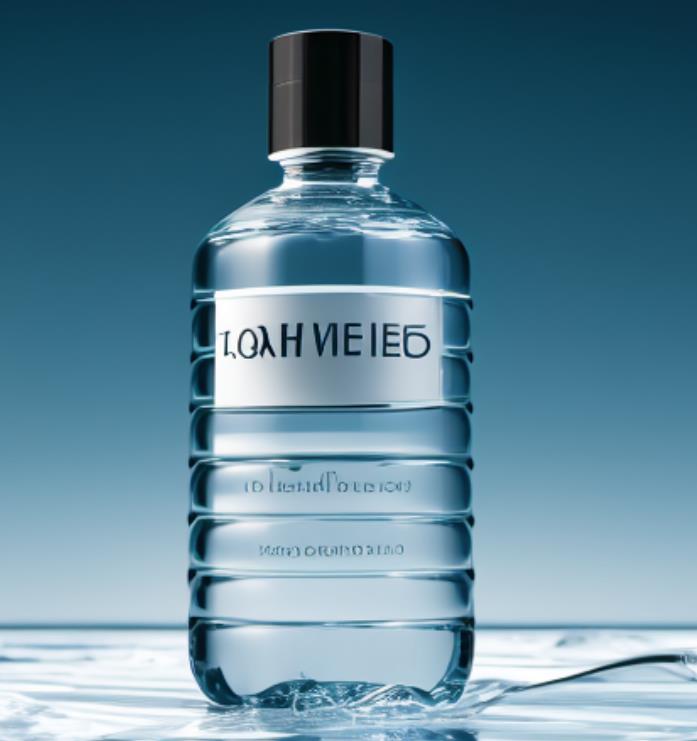Product Advantage:
1. Enhanced Water Taste and Clarity: Our equipment employs advanced RO technology to remove impurities, resulting in water that tastes and looks better, enhancing the overall drinking experience.
2. Comprehensive Contaminant Removal: With its multi-stage filtration system, our equipment effectively eliminates a wide range of contaminants, including chlorine, heavy metals, pesticides, and more.
3. Improved Health and Safety: By removing harmful substances and pathogens, our equipment provides water that meets strict health and safety standards, promoting better health and well-being.
4. Cost-Efficient Solution: Our equipment's energy-efficient design and high water recovery rate help reduce water and energy costs, providing a cost-effective long-term solution for clean water.
5. Easy Maintenance and Longevity: The equipment is designed for easy maintenance, and its durable components ensure long-term performance, minimizing downtime and maintenance expenses.
Technical Parameters:
model | Water yield
T/H | Electric power
KW | Recovery
% | Primary effluent conductivity us/cm | Secondary effluent conductivity us/cm | EDI effluent conductivity us/cm | Raw water conductivity
us/cm |
RO500 | 0.5 | 0.75 | 55-75 | ≤10 | 2-3 | ≤0.5 | ≤300 |
RO1000 | 1.0 | 2.2 | 55-75 | ≤10 | 2-3 | ≤0.5 | ≤300 |
RO2000 | 2.0 | 4.0 | 55-75 | ≤10 | 2-3 | ≤0.5 | ≤300 |
RO3000 | 3.0 | 5.5 | 55-75 | ≤10 | 2-3 | ≤0.5 | ≤300 |
RO5000 | 5.0 | 7.5 | 55-75 | ≤10 | 2-3 | ≤0.5 | ≤300 |
RO6000 | 6.0 | 7.5 | 55-75 | ≤10 | 2-3 | ≤0.5 | ≤300 |
RO10000 | 10.0 | 11 | 55-75 | ≤10 | 2-3 | ≤0.5 | ≤300 |
RO20000 | 20.0 | 15 | 55-75 | ≤10 | 2-3 | ≤0.5 | ≤300 |
Product Uses:
1. Beverage Production: Our RO equipment is essential in the beverage industry for producing purified water used in soft drinks, juices, bottled water, and other beverages, ensuring consistent quality and taste.
2. Research Laboratories: Research institutions and laboratories utilize our RO systems to provide ultra-pure water for experiments, analytical testing, and scientific research, maintaining the integrity and accuracy of results.
3. Cosmetics and Personal Care: The cosmetics and personal care industry relies on our RO equipment to produce purified water for formulating skincare products, shampoos, and other personal care items, ensuring product safety and efficacy.
4. Educational Facilities: Schools, colleges, and universities use our RO systems to provide purified water for drinking fountains, science labs, and campus facilities, promoting a healthy and safe learning environment.
5. Semiconductor Manufacturing: Our high-purity RO systems are critical in semiconductor manufacturing, providing ultra-pure water for rinsing and cleaning semiconductor wafers, ensuring the quality and reliability of electronic components.

Product Operate Guide:
1. Initial Setup: Before use, carefully read the equipment's user manual for proper installation instructions, including connecting water and power sources, ensuring correct plumbing, and verifying system integrity.
2. Operating Parameters: Familiarize yourself with the recommended operating parameters such as pressure, temperature, and flow rates specified by the manufacturer, and ensure the equipment operates within these limits for optimal performance.
3. Regular Backwashing: Follow the manufacturer's instructions to perform regular backwashing of the filtration system to remove accumulated debris and maintain efficient operation.
4. Sanitization Procedures: Periodically sanitize the equipment according to the manufacturer's guidelines to prevent bacterial growth and maintain water purity. This may involve using recommended sanitizing solutions or procedures.
5. Ongoing Maintenance: Implement a maintenance schedule that includes routine tasks such as filter replacements, membrane cleaning, and system inspections to ensure long-term functionality and reliability. Refer to the manufacturer's recommendations for specific maintenance procedures and intervals.
FAQ:
1. Can an RO system remove nitrates from water?
Yes, RO systems are effective in removing nitrates, providing safer drinking water for those concerned about high nitrate levels.
2. Can I use the rejected wastewater from an RO system for other purposes?
While the rejected wastewater may not be suitable for drinking, it can be used for non-potable applications like watering plants or cleaning.
3. Can an RO system remove pharmaceuticals or hormone residues from water?
Yes, RO systems can effectively remove many pharmaceuticals and hormone residues, providing cleaner and safer drinking water.
4. Can I install an RO system under the sink?
Yes, under-sink installation is a common option for RO systems, saving space and providing convenient access to purified water.
5. Can an RO system remove lead from water?
Yes, RO systems are highly effective at removing lead and other heavy metals, ensuring the water is safe for consumption.


























